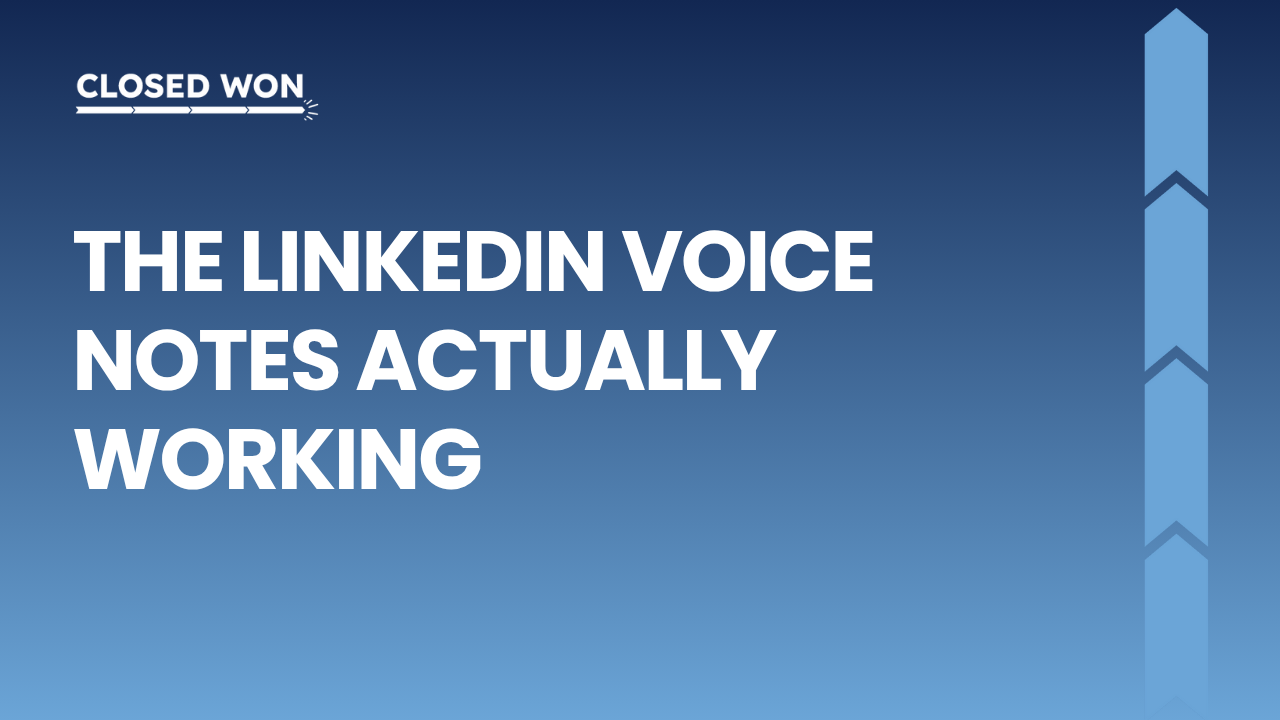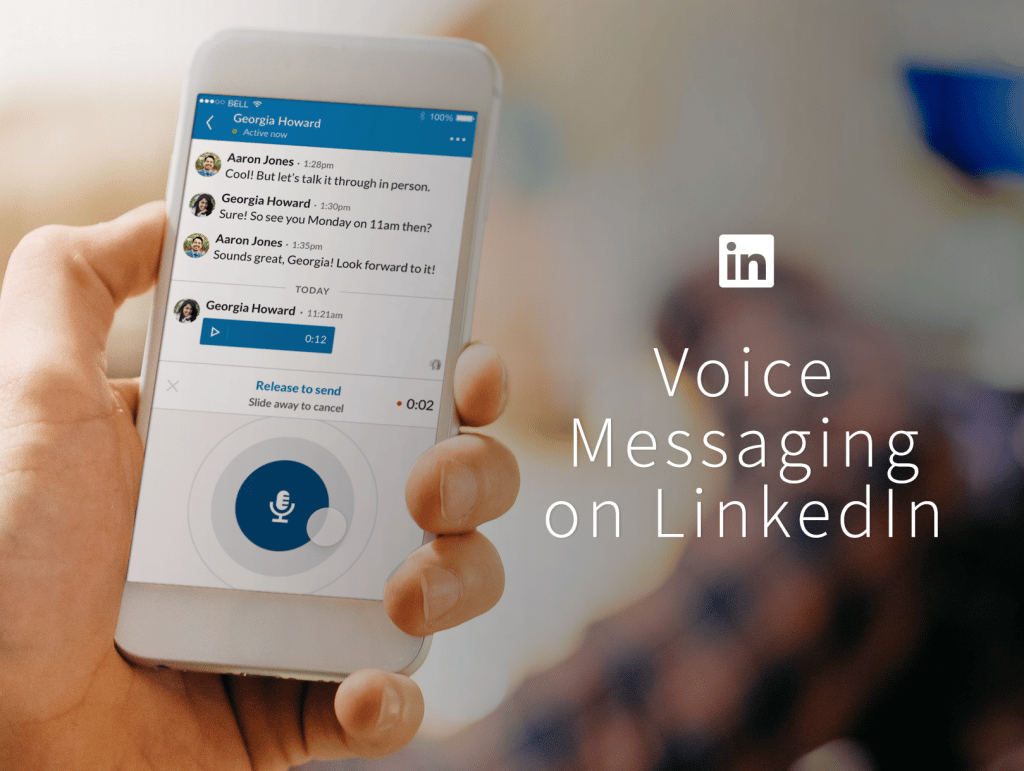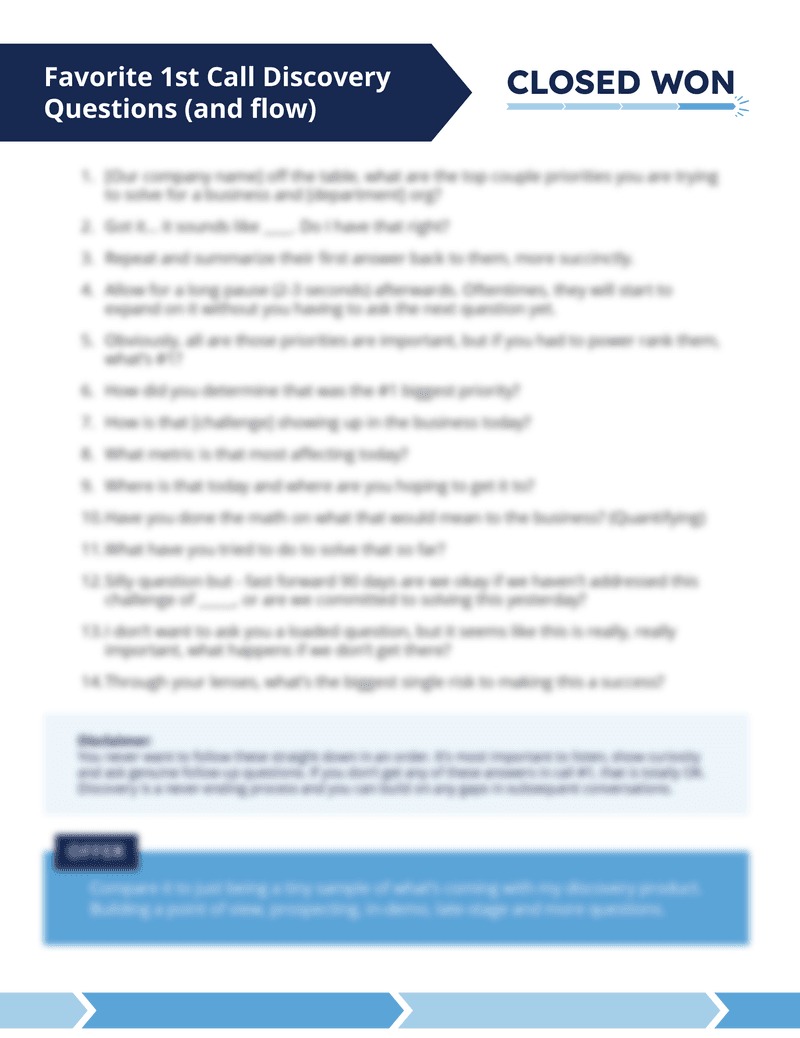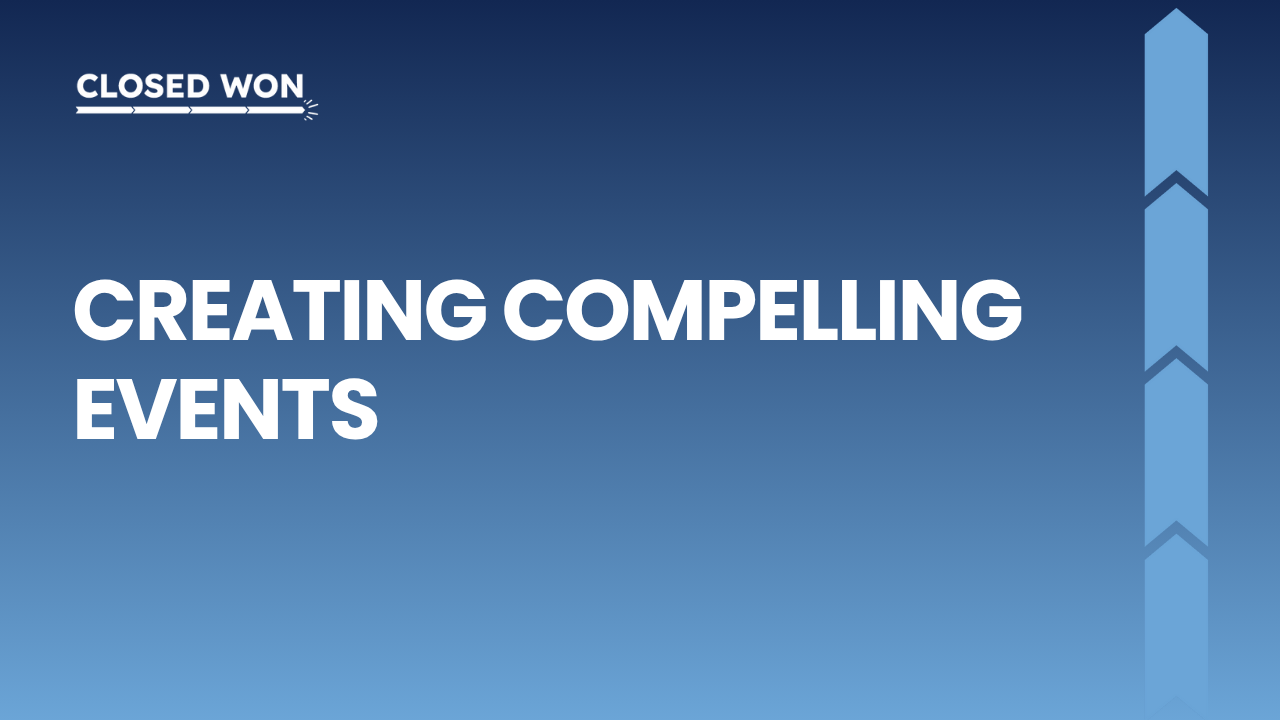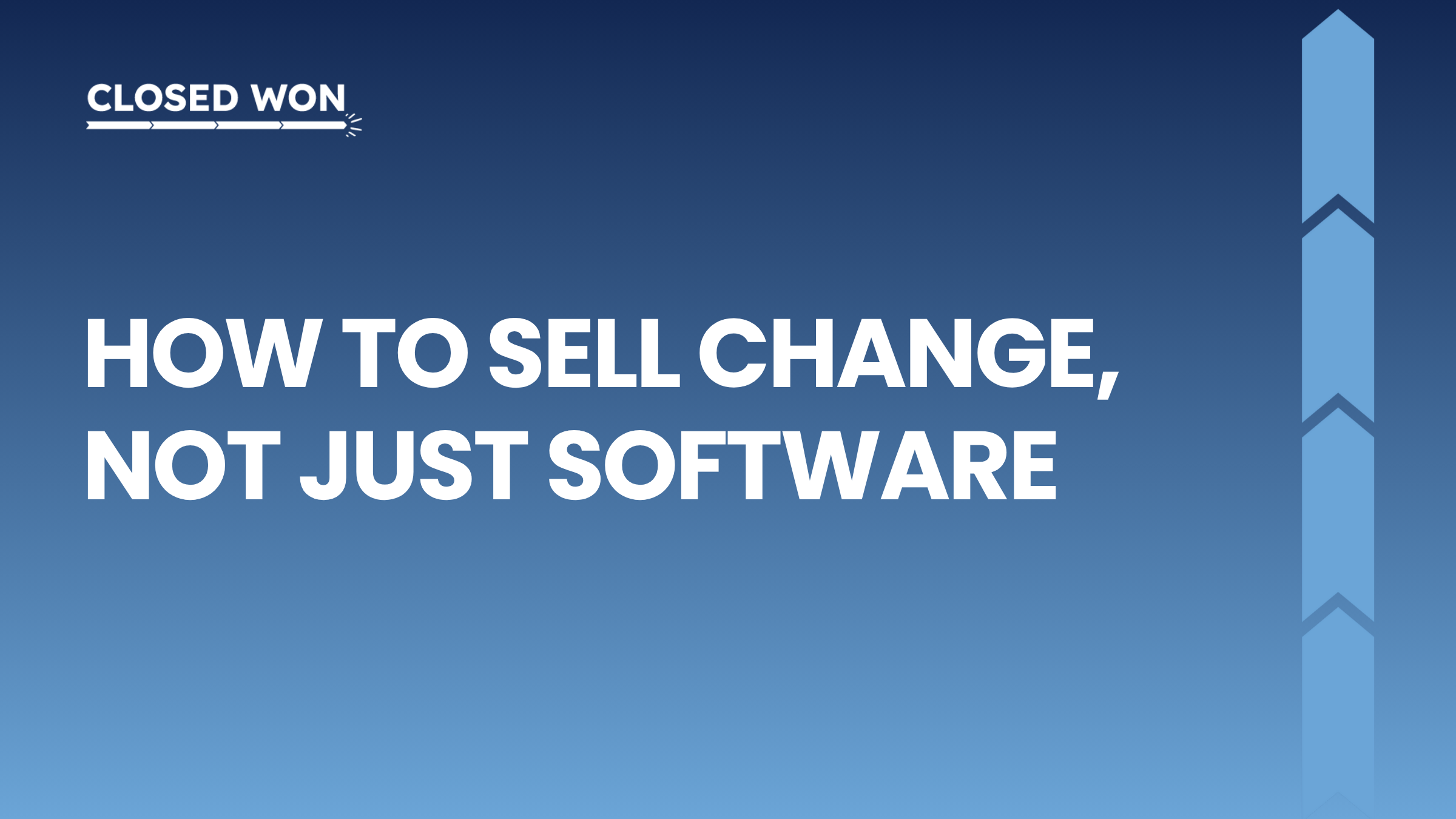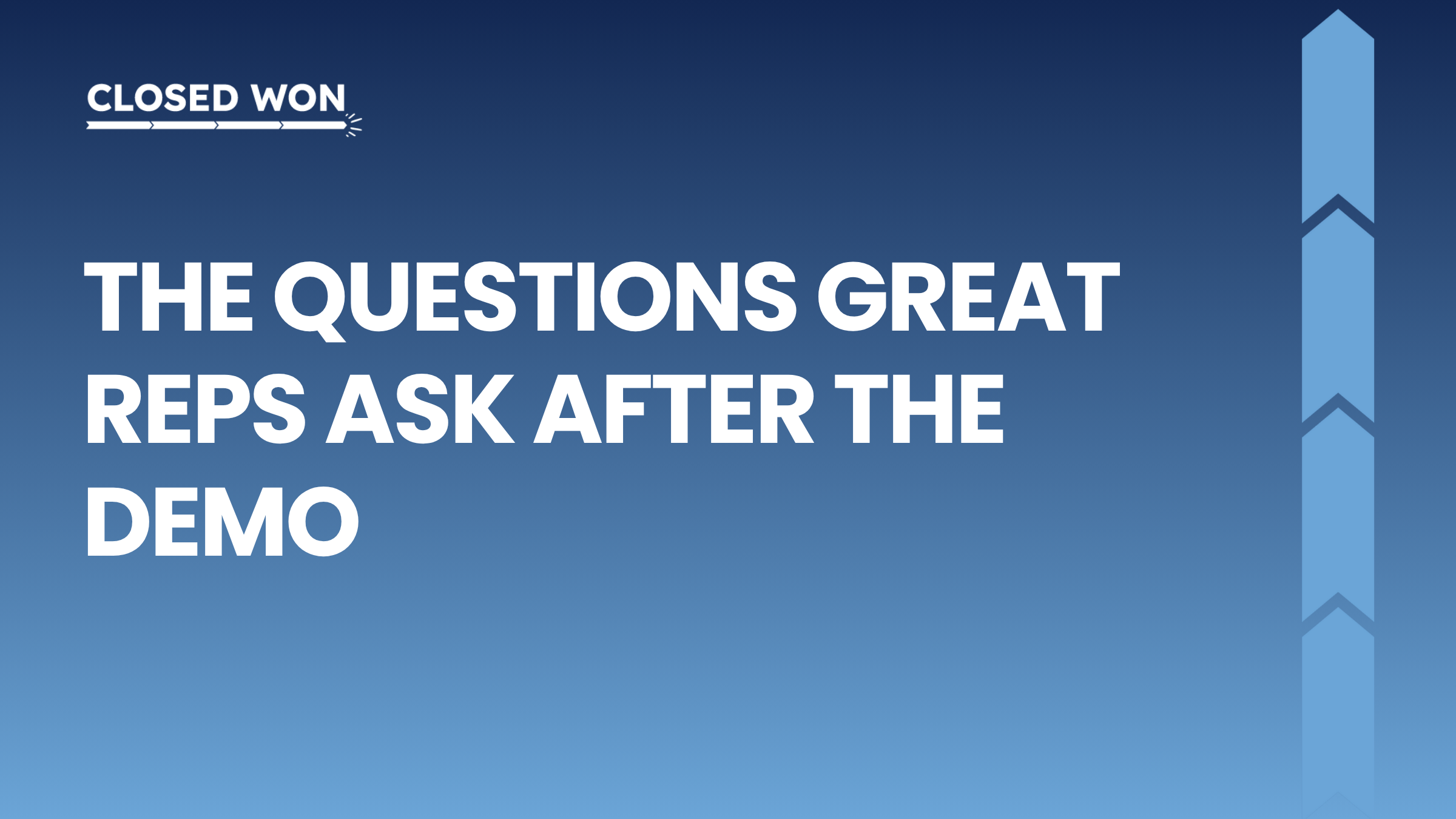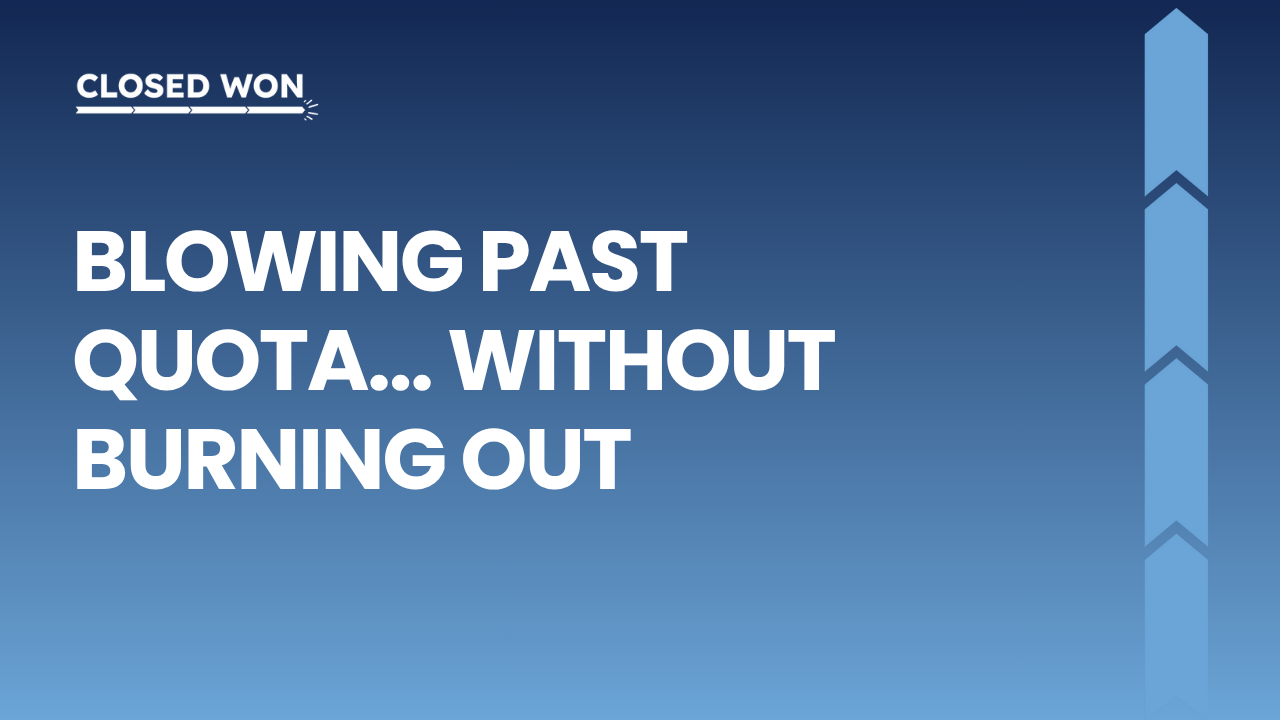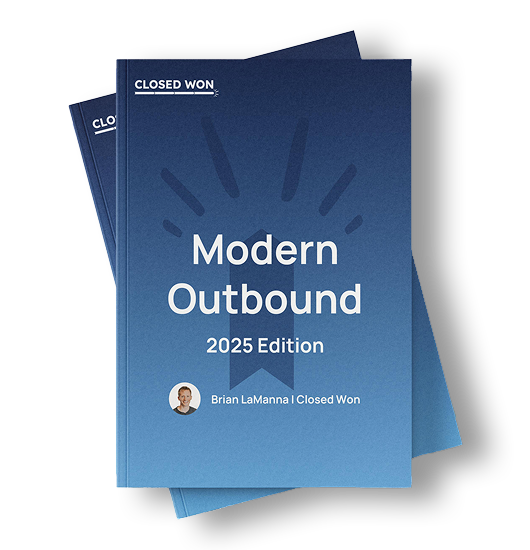TikTok is finally selling.
MONDAY UNFILTERED
The real surprise is who’s buying… Oracle.
Trump negotiated with China this past week and Oracle, Silver Lake, and a16z will all be in on it
📚 – Multiple people joining a first call? Do this.
CONTENT OF THE WEEK
📝 – Ask this instead of ‘any questions?’
💸 – From an AE at 177% of goal… her 8 best demo questions
The LinkedIn Voicenotes Actually Working
Everyone’s inbox is a graveyard of “just following up” emails.
But here’s something most salespeople are sleeping on: LinkedIn voice notes.
I’ve been testing these for the past few months, and the response rates are stupid good. Like, 40% higher than regular messages.
Here’s how to actually use them without sounding like a robot.
The Technical Stuff First
LinkedIn voice notes max out at 60 seconds. That’s it.
You can only record them on mobile (desktop doesn’t have the feature yet).
Look for the microphone icon when you’re typing a message.
Hook Them in the First 5 Seconds
Skip the “Hi Sarah, this is Mike from ABC Company” garbage. Everyone does that. Instead, lead with something that makes them want to keep listening.
Bad opening: “Hi Jennifer, this is Tom from SalesForce…”
Good opening: “Jennifer, I just saw your post about the nightmare you had with your CRM migration…”
The goal is to reference something specific about them or their company within the first few words.
Make it personal, make it relevant.

When to Deploy Voice Notes in Your Sequence
Don’t save voice notes for when you’re desperate.
Use them early when you still have their attention.
Here’s a sequence that’s been working:
- Email 1: Traditional email with value
- LinkedIn message 2: Voice note (reference your email subject line)
- Email 3: Follow up email
- LinkedIn message 4: Regular text message
The voice note works best as your second touch.
It shows you’re putting in effort without being pushy.
The Subject Line Connection Trick
Always reference your email in the voice note. This is clutch.
“Hey David, I sent you an email yesterday with the subject line ‘Quick question about your Q4 pipeline.’ Just wanted to add some context…”
This bridges your email and LinkedIn outreach.
It shows you’re organized and gives them a reason to go check their inbox.

Examples of GOOD
The Problem Callout: “Sarah, noticed you guys are hiring three new SDRs this quarter. That usually means quota pressure is real. Had a thought about how to ramp them faster…”
The Mutual Connection: “Mike, Alex Thompson mentioned you’re dealing with the same integration headaches we solved at his company. Worth a quick chat?”
The Specific Insight: “Lisa, saw your earnings call transcript. That comment about customer churn in Q3 caught my attention. We’ve helped similar companies cut churn by 23%…”
The Recent Event Hook: “Tom, congrats on the TechCrunch feature. Scaling from 10M to 50M ARR in 18 months is insane. Bet you’re running into some interesting operational challenges…”
The Industry Pain Point: “Rachel, every VP of Sales I talk to in fintech is dealing with the same compliance nightmare right now. Figured you might be feeling it too…”
The Competitor Reference: “Mark, know you guys compete with Salesforce a lot. Had a conversation with another CEO in your space who found a way to win 60% more deals against them…”
Common Mistakes That Kill Response Rates
Mistake 1: Reading from a script. You sound like a telemarketer. Have bullet points, not a word-for-word script.
Mistake 2: Talking too fast. Slow down. These people are probably listening while walking or multitasking.
Mistake 3: No clear CTA. End with a simple ask: “Worth a 10-minute call this week?” or “Should I send over that case study?”
Mistake 4: Making it about you. Nobody cares about your company’s “innovative solutions.” They care about their problems.

The 3-Part Framework
Every voice note should have these three parts:
- Hook (0-10 seconds): Reference something specific about them
- Value (10-45 seconds): Share an insight or ask a smart question
- Ask (45-60 seconds): Simple, low-commitment next step
Keep it conversational. Pretend you’re leaving a voicemail for someone you actually know.
Quick win: Try sending 5 voice notes this week to prospects who haven’t responded to your emails. Reference your email subject line in each one. See what happens.
Most salespeople won’t do this because it feels uncomfortable. That’s exactly why it works.
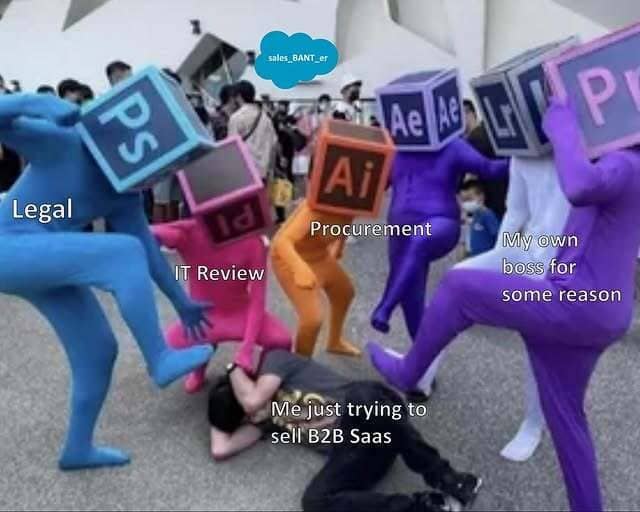
Win the week!!!

